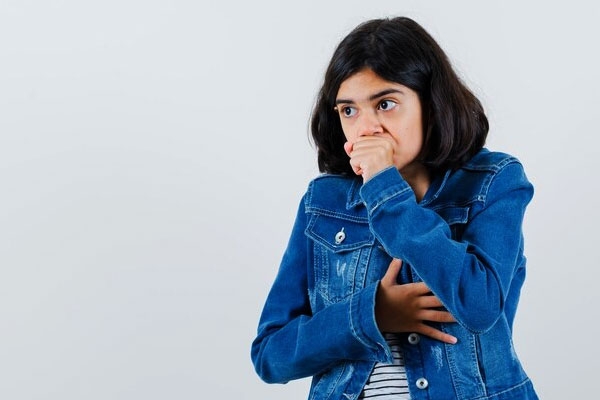
(Image source from: Freepik.com)
Pertussis, also known as whooping cough, is a contagious respiratory infection caused by the bacteria Bordetella pertussis. This infection leads to an intense and uncontrollable cough, often ending with a whooping sound. Recent months have seen an increase in whooping cough cases in various parts of the world, including China, the US, UK, Philippines, Czech Republic, and the Netherlands. The Centers for Disease Control and Prevention (CDC) states that before the development of a vaccine, whooping cough was a significant cause of childhood deaths in the US. In this article, we will delve into the details of whooping cough, including its symptoms, prevention, and more. Highly contagious, whooping cough can affect anyone and pose a serious threat to infants. In some cases, the cough can become severe, rapid, and even lead to vomiting.
Symptoms of whooping cough typically appear around 5 to 10 days after infection. Initially, the symptoms are mild and resemble those of a common cold. These early symptoms include a runny nose, cough, fever, nasal congestion, and red, watery eyes. After a week or two, the symptoms may worsen, resulting in a severe and prolonged cough, a distinct whooping sound after coughing, vomiting, extreme fatigue, and difficulty breathing.
The bacteria responsible for whooping cough can spread through the air, making it highly contagious.
When people cough or sneeze, they release tiny infected particles that can spread the infection. It can also be transmitted through direct contact or by being in close proximity to someone who is infected.
Preventing whooping cough through vaccination:
The best way to avoid whooping cough is by getting vaccinated. Children receive the DTaP (diphtheria, tetanus, and acellular pertussis) vaccine to protect against whooping cough.







